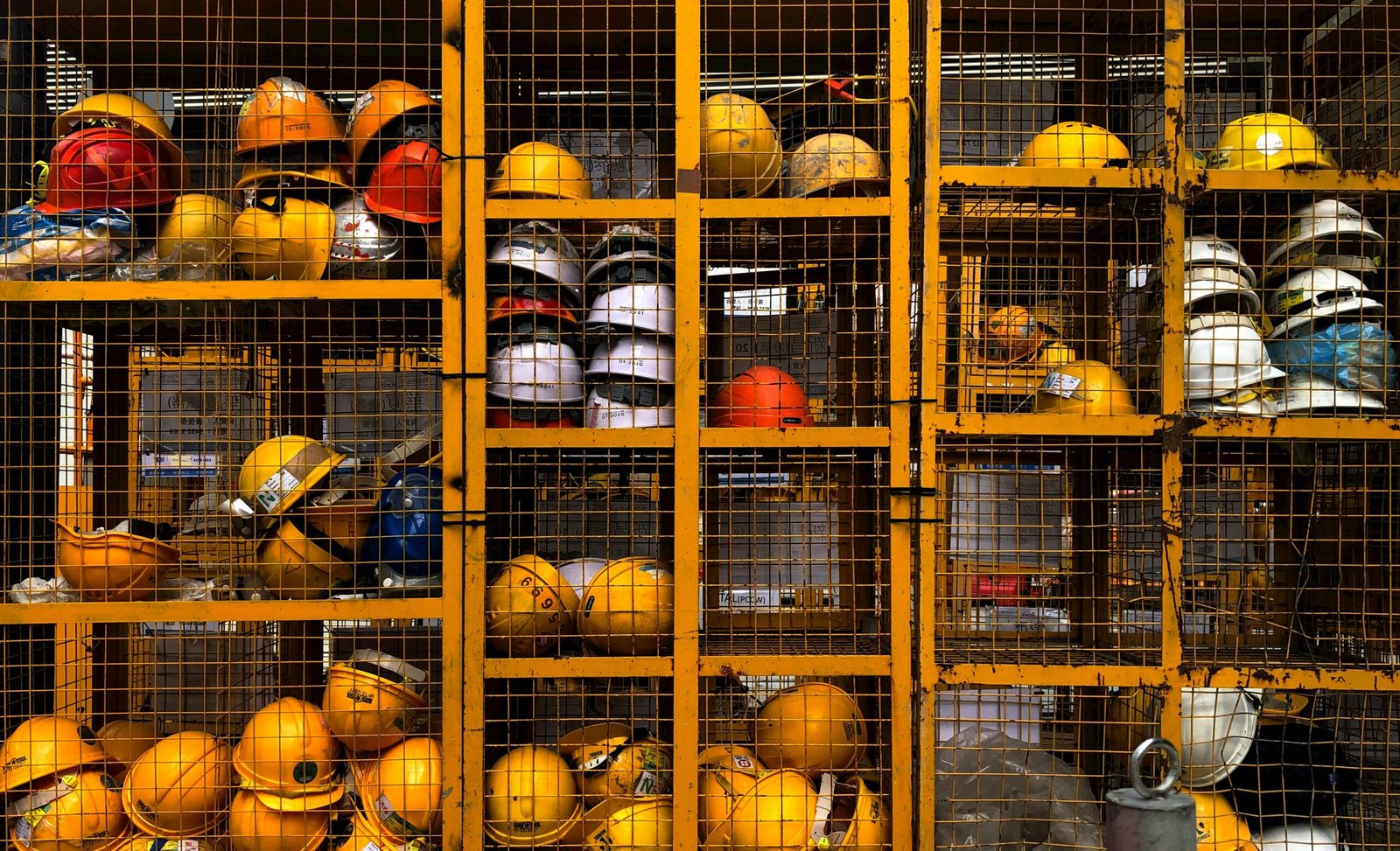In the ever-evolving landscape of workplace safety in Australia, three acronyms frequently emerge, often causing confusion and leading to the misconception that they represent distinct standards or regulatory frameworks. These acronyms are OHS (Occupational Health and Safety), WHS (Work Health and Safety), and HSE (Health, Safety, and Environment). While they might appear to be different at first glance, a deeper dive into their origins and purposes reveals that the distinctions largely boil down to the evolution of laws and regulations over time rather than fundamental differences in their core principles or objectives.
The Historical Perspective: OHS to WHS
Historically, “Occupational Health and Safety” (OHS) was the term universally used across Australia to refer to the practices, policies, and laws designed to ensure the safety and well-being of employees in the workplace. OHS covered a broad range of aspects, including hazard identification, risk assessment, and implementation of safety measures to protect workers from workplace-related injuries and illnesses.
However, the harmonization of Australia’s safety laws marked the transition from OHS to “Work Health and Safety” (WHS). This shift was initiated to streamline and unify the once disparate and state-specific OHS laws across the nation, aiming for a more consistent approach to managing workplace safety. The introduction of the Model Work Health and Safety Act in 2011 was a pivotal moment, laying down a single set of WHS laws for adoption by states and territories, although with some local variations.
Understanding WHS: A Unified Approach
The move to WHS represents not just a change in nomenclature but a shift towards a more inclusive and proactive approach to workplace safety. Unlike the term OHS, which focuses primarily on occupational health and the prevention of workplace injuries, WHS encompasses a broader spectrum, including the health, safety, and welfare of all individuals at the workplace. This includes employees, contractors, volunteers, and even visitors. The WHS framework emphasizes the collective responsibility of both employers and employees in creating a safe working environment, encouraging a culture of consultation and cooperation.
Where Does HSE Fit In?
The term “Health, Safety, and Environment” (HSE) is less commonly used in Australia compared to OHS and WHS but is more prevalent in certain industries, such as oil and gas, mining, and construction. HSE extends the focus beyond human health and safety to include environmental protection, reflecting a growing recognition of the need for sustainable business practices that minimize environmental impact. Although not a term explicitly defined within Australian law, HSE principles are inherently integrated into the broader WHS framework, underscoring the importance of environmental stewardship in workplace safety practices.
The Essence Remains the Same
Despite the terminological changes from OHS to WHS, and the occasional use of HSE, the core essence of workplace safety legislation in Australia remains unchanged. The primary goal continues to be the protection of workers’ health and safety, alongside the newer emphasis on environmental responsibility. The evolution of terminology reflects a dynamic regulatory landscape and a commitment to adopting best practices that meet contemporary needs and challenges.
A Unified Vision for Safety
while the acronyms OHS, WHS, and HSE may seem to imply distinct concepts or frameworks, they are interconnected facets of Australia’s comprehensive approach to workplace safety. The transition from OHS to WHS marks a significant milestone in the unification and modernization of safety standards, with HSE adding an environmental dimension to the conversation. Understanding the history and context behind these terms is essential for stakeholders to navigate Australia’s regulatory environment effectively, ensuring that the primary focus remains on creating safe, healthy, and sustainable workplaces for all.






